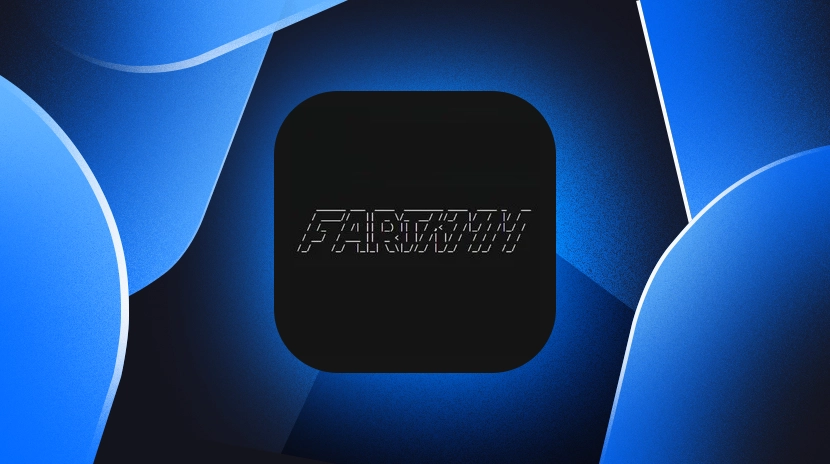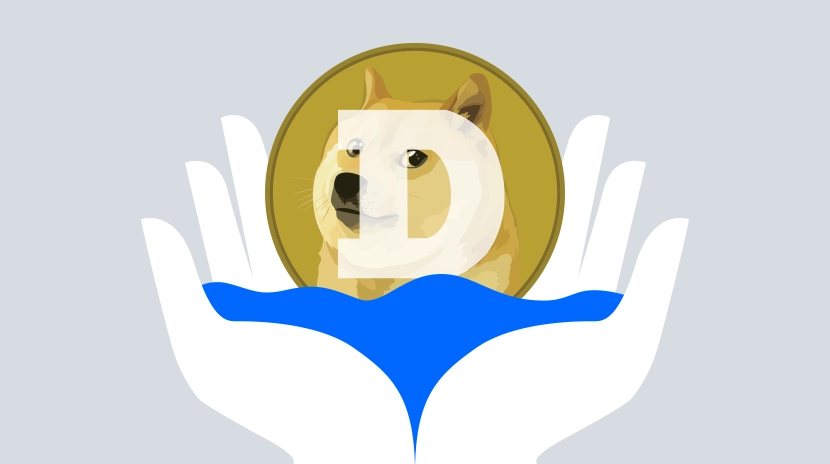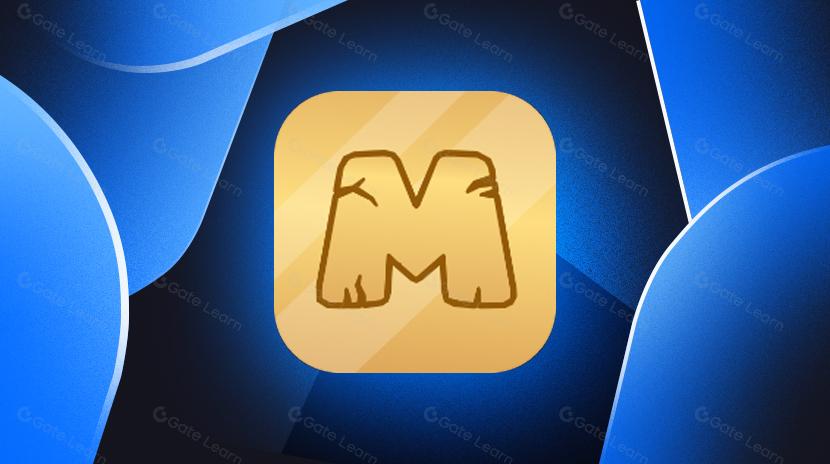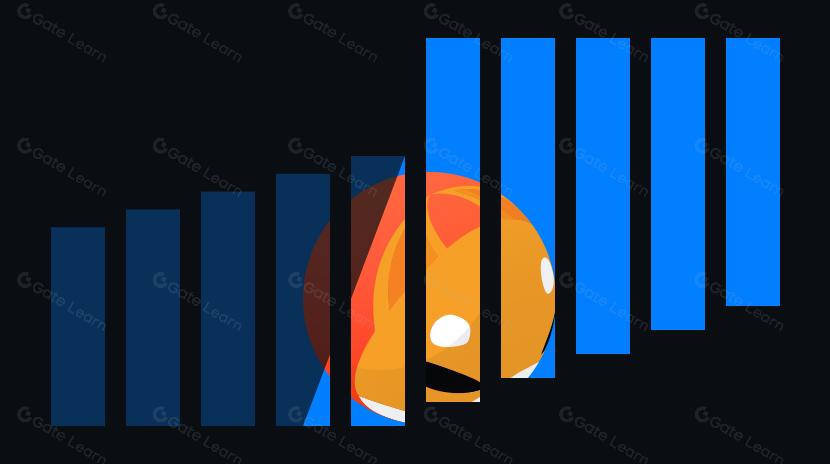WOO X Research: Raydium vs. Pump Fun—Does LaunchLab Really Have a Wealth Effect?
RaydiumはSolana上の主要なDEXであり、Pump Funは最大のランチパッドです。興味深いことに、異なるセクターで運営されているにもかかわらず、両者は今や競合し、それぞれがより多くの収益を求めています。
ファースト、Pump Fun は最近、毎日の取引高が 4 億に安定した PumpSwap を導入しました。これは、Raydium の 6 億に近づいています。Raydium のチームはさらに、Pump Fun が過去 1 か月間の AMM 収益の驚異的な 41% を占めていることを指摘しました。しかし、Pump Fun が独自の PumpSwap を構築した後、Raydium のトラフィックは急落し、それを「流動性支配を取り戻す」ために LaunchLab を立ち上げることを余儀なくされました。
では、LaunchLabとPump Funの違いは具体的に何ですか?そして、どのプロジェクトが注目に値するのでしょうか?WOO X Researchが詳細に説明します。
LaunchLab Basics
Raydiumによって紹介されたLaunchLabは、基本的には「コード不要のトークン作成ツール+自動流動性移行サービス」です。主なモードは2つあります。
- JustSendItモード:ワンクリックでトークンを作成できるようにし、デフォルトで85 SOLのレイズが必要です。募金が成功すると、トークンは自動的にRaydiumのAMMに移行され、LPトークンは流動性をロックするために燃やされます。
- LaunchLab Pro Mode: カスタマイズ可能な総供給量、最低調達額(30 SOLまで)、ボンディングカーブの傾き、ベスティング条件、およびオプションのAMM利益配当(取引手数料の最大10%がプロジェクトチームに戻される可能性があります)。
手数料に関して、Raydiumはフラットな1%の基本手数料を請求し、次のように配分されます:「コミュニティ・プール」に50%、$RAYのバイバックに25%、インフラストラクチャーおよび運営資金に25%。
LaunchLabは、サードパーティーのインターフェースがバックエンドサービスを統合し、独自のトークンローンチフロントエンドを構築することも可能にします。最も注目すべき例は、cook.memeです。
cook.memeは、自社のUXフロントエンドを作成する際にLaunchLabの契約を使用する最初のプラットフォームです。ゼロ手数料、即時取引、クリーンなUIを誇るミームトークンのランチパッドです。そのローンチはすぐに開発者を惹きつけ、Pump FunのUIクローンでありながらRaydiumの流動性を持つ位置付けとなりました。

Raydiumのオープンモデルは、単なるトラフィックのリダイレクトについてではなく、Pump Funの戦略を複製し、コミュニティフロントエンドを活用してコンテンツとエコシステムのフライホイールを構築することについてです。
LaunchLab V.S ポンプファン

主要プロジェクト
LaunchLabの開始により、最も直接的な受益者は間違いなく$RAY(バイバックを通じて手数料の25%を受け取る)です。 LaunchLabが発表された後、$RAYの価格は約8%上昇しました。
LaunchLabがその勢いを維持できれば、$RAYのバイバックの力はさらに増加します。需要が供給を上回ると、価格が上昇するチャンスがあります。LaunchPadの寿命は、どれだけの「ゴールデンドッグ」(つまり、高性能トークン)を生み出せるかにかかっています。プラットフォームが引き続き財富創出効果を生み出すと、ユーザーの資産は自然にそのプラットフォームに集中します。資産が集中すると、「ゴールデンドッグ」を生み出す確率も高まり、最終的にはプラットフォームにプラスのフライホイール効果が形成されます。
したがって、このフライホイールの最初のステップは、ゴールデンドッグを持つことです。残念ながら、LaunchLabが公開されてから24時間以内に、卒業トークン$TIMEだけが100万ドルを超える時価総額を持っていました。 $ARUAや$Gaydiumなどの他のトークンは、ローンチ後すぐに時価総額が急上昇しましたが、最終的に市場は単一のトークンの価値のみを押し上げることを決定しました。
さて、$TIME、$ARUA、および$Gaydiumのそれぞれのナラティブは何ですか?
前述のように、Raydiumはサードパーティーが自分たちのルーティングインフラに接続してプラットフォームを構築し、トークンを発行することを可能にします。現在、Raydium、Cook.meme、およびPump Fun Robinhoodがこのように協力している3つのプラットフォームです。
$TIMEはCook.memeによって作成された最初のミームコインです。一方、$ARUAはRaydium自体によって直接発行されたトークンです。$TIMEよりも早く展開されましたが、後に開始されました。$Gaydiumについては、その名前にもかかわらず、Raydiumの開発者が一時的に$GaydiumのコントラクトアドレスをRaydiumのGitHubに追加したため注目されました。しかし、それは1時間も経たないうちに削除され、その結果、トークンの価値が下落しました。
$TIME 統計:
- 現在の時価総額: $6M
- 時価総額ピーク:$8.5M
- 24時間取引高:$30.2M
- 保有者:7,600
結論
RaydiumのLaunchLabは「遅れた反撃」のように見えるかもしれませんが、そのデザインはPump Funの強みに系統的に対処しています。カスタマイズ可能なトークンのローンチとcook.memeによって具体化されたオープンフロントエンド戦略を提供し、Raydiumのエコシステムにトラフィック、手数料、物語を取り戻すことを目指しています。
しかし、LaunchLabが本当に富を創造し、ミームの熱狂を再燃させることができるかどうかは、3つの要因にかかっています。
- ブレイクアウトプロジェクトを生み出すことができますか?
- 手数料と流動性構造は小売に優しいですか?
- エコシステムは迅速にフロントエンドツールを集約し、ネットワーク効果を実現できますか?
今は、すべての要因が改善される必要があります。しかし、LaunchLabがまだ1ヶ月も経っていないので、失敗だと宣言するのは早すぎるでしょう。暗号通貨の動きは速いです - 次の100倍のミームはLaunchLabから生まれるかもしれません。様子を見ましょう。
免責事項:
この記事は[から転載されていますテックフロー]. 著作権は元の著者にあります[Techflow]. If you have any objections to the reprint, please contact the Gate Learnチーム。関連手続きに従って、チームができるだけ早く対応します。
免責事項: この記事で表現されている見解や意見は、著者個人の見解を表しており、投資アドバイスを構成するものではありません。
他の言語版の記事はGate Learnチームによって翻訳されています。翻訳された記事は、言及せずにコピー、配布、または盗用されてはなりません。Gate.
関連記事

Chill Guy(CHILLGUY)とは何ですか?

Moonshotとは何ですか? Moonshotについて知っておくべきことすべて

Fartcoinとは何ですか?FARTCOINについて知っておくべきこと

マスクのDOGEに対する愛憎関係の概要

MemeFiとは何ですか?詳細な調査


